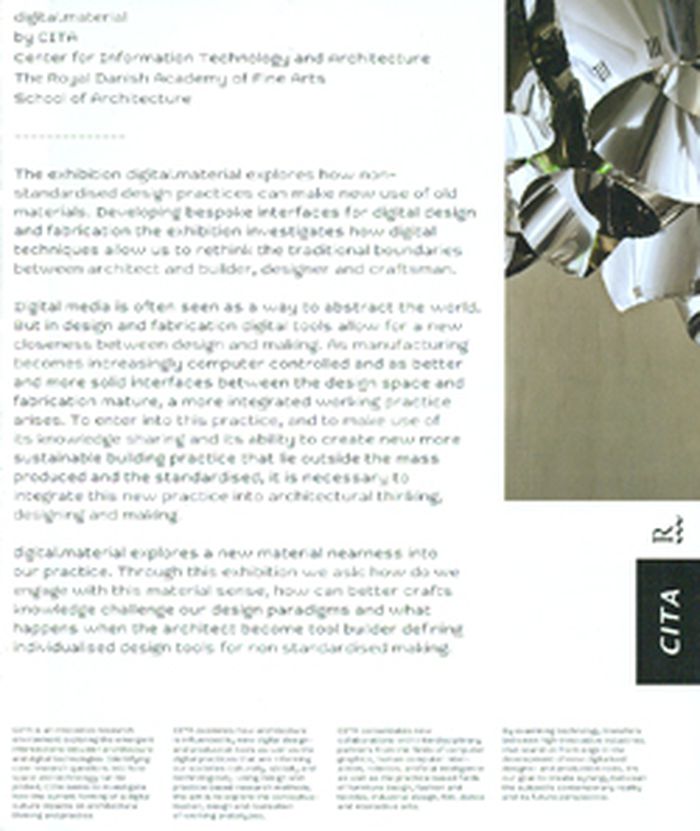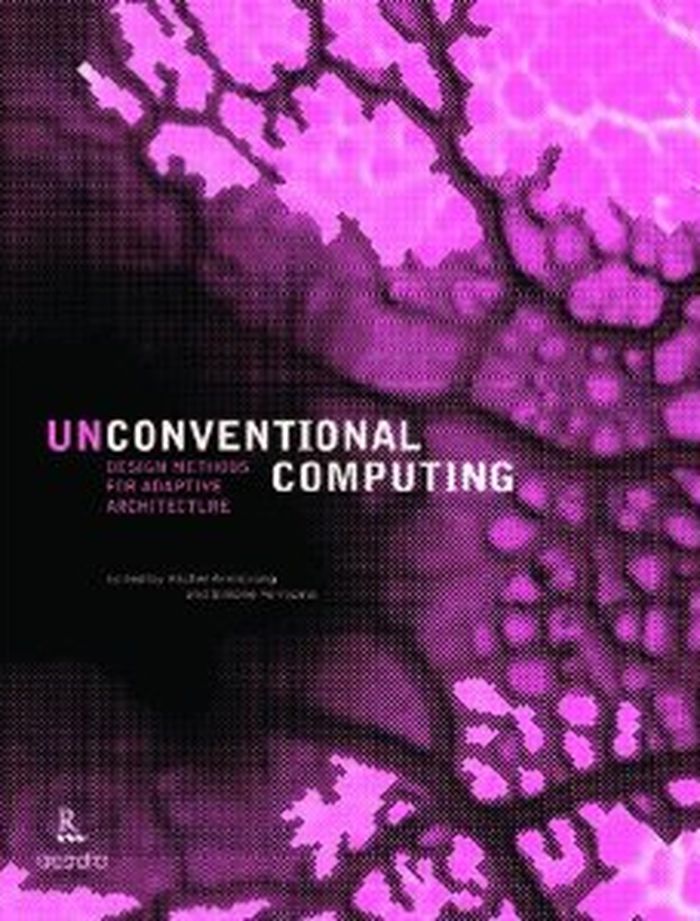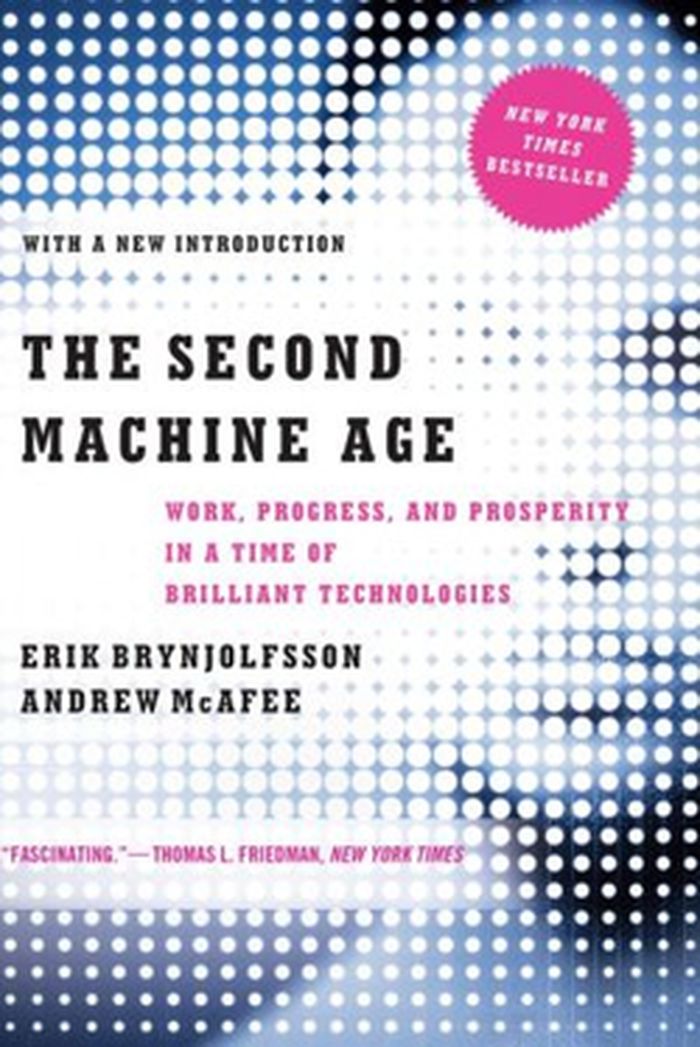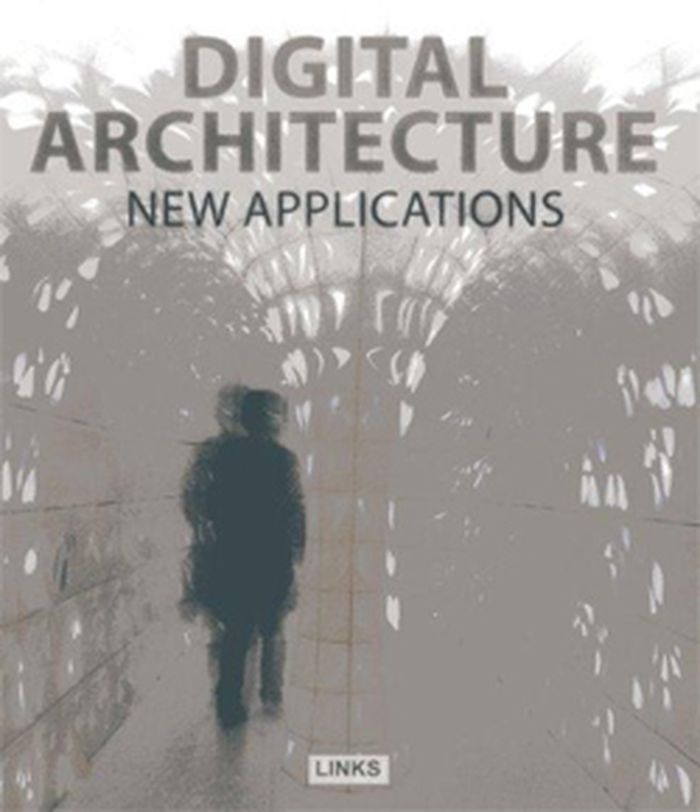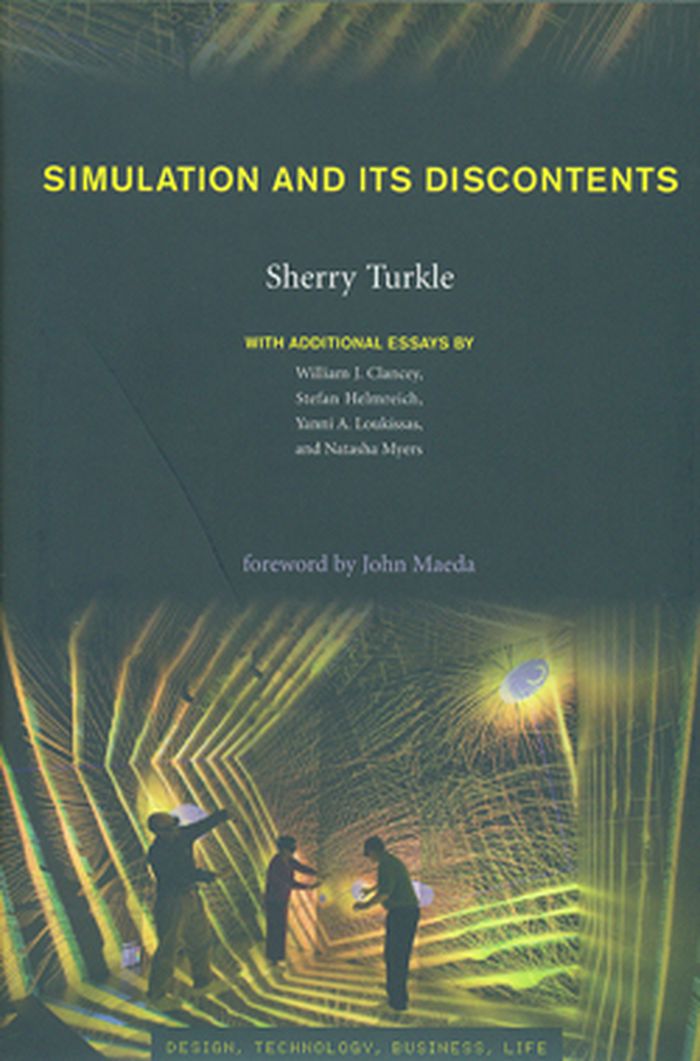livres
$59.95
(disponible sur commande)
Résumé:
This publication documents a timely and invaluable debate surrounding the use of computational tools in architecture and their affect on the nature of human expression.
Ineffable: architecture, computation and the inexpressible
Actions:
Prix:
$59.95
(disponible sur commande)
Résumé:
This publication documents a timely and invaluable debate surrounding the use of computational tools in architecture and their affect on the nature of human expression.
livres
avril 2012
Architecture numérique
$69.50
(disponible sur commande)
Résumé:
This book, based on the authors’ internationally renowned Emergent Technologies and Design course at the Architectural Association in London, introduces a new approach to the practice of architecture. The authors use essays and projects to demonstrate the interrelationship of concepts such as emergence and self-organisation with the latest technologies in design,(...)
mars 2010
Emergent technologies and design: towards a biological paradigm for architecture
Actions:
Prix:
$69.50
(disponible sur commande)
Résumé:
This book, based on the authors’ internationally renowned Emergent Technologies and Design course at the Architectural Association in London, introduces a new approach to the practice of architecture. The authors use essays and projects to demonstrate the interrelationship of concepts such as emergence and self-organisation with the latest technologies in design, manufacturing and construction. With projects from their course, and critiques and commentary from some of the world’s leading design theorists and practitioners, the authors of Emergent Technologies and Design have introduced a radical new way of understanding the way in which architecture is conceived, designed and produced.
digital.material
$29.95
(disponible sur commande)
Résumé:
digital.material presents four projects developed at CITA (Centre for IT and Architecture at the Royal Danish Academy of Fine Arts, School of Architecture). The projects - Reef Pattern, Thaw, Lamella Flock and Persistent Model #1 - are the results of CITA’s research practice which investigates how digital tools are changing core relationships between representation and(...)
Architecture numérique
mai 2013
digital.material
Actions:
Prix:
$29.95
(disponible sur commande)
Résumé:
digital.material presents four projects developed at CITA (Centre for IT and Architecture at the Royal Danish Academy of Fine Arts, School of Architecture). The projects - Reef Pattern, Thaw, Lamella Flock and Persistent Model #1 - are the results of CITA’s research practice which investigates how digital tools are changing core relationships between representation and realisation. They collectively demonstrate how digital tools can be employed to create new potentials for architectural thinking across the domains of design, specification, materials, tectonics and fabrication. Essayists reflect, discuss and contextualize the four projects against contemporary architectural design practice, CITA’s broader research practice, and practices of material forming and construction.
Architecture numérique
$59.95
(disponible en magasin)
Résumé:
ACADIA 2013 Adaptive Architecture is the proceedings of the 33rd annual international conference of the Association for Computer-Aided Design in Architecture. The conference is held October 24-26, 2013 in Cambridge, Ontario and hosted by the School of Architecture, University of Waterloo, in partnership with the University at Buffalo, SUNY, and the University of(...)
Architecture numérique
novembre 2013
Acadia 2013 : adaptive architecture
Actions:
Prix:
$59.95
(disponible en magasin)
Résumé:
ACADIA 2013 Adaptive Architecture is the proceedings of the 33rd annual international conference of the Association for Computer-Aided Design in Architecture. The conference is held October 24-26, 2013 in Cambridge, Ontario and hosted by the School of Architecture, University of Waterloo, in partnership with the University at Buffalo, SUNY, and the University of Nottingham. The proceedings publication contains peer-reviewed and juried research on computational design focused on emerging themes of adaptive and complex systems within contemporary architecture.
Architecture numérique
$29.95
(disponible sur commande)
Résumé:
Unconventional Computing: Design Methods for Adaptive Architecture is an exploration of the emerging terrain of negotiated acts of co-design between humans, nonhumans and matter, where spatial programs are regarded as acts of persuasion, cooperation and symbiosis.
Unconventional computing : design methods for adaptive architecture
Actions:
Prix:
$29.95
(disponible sur commande)
Résumé:
Unconventional Computing: Design Methods for Adaptive Architecture is an exploration of the emerging terrain of negotiated acts of co-design between humans, nonhumans and matter, where spatial programs are regarded as acts of persuasion, cooperation and symbiosis.
Architecture numérique
$110.00
(disponible sur commande)
Résumé:
This volumes presents the relationship between design and making—and how it can be tightened, particularly through new digital design and fabrication tools. It emerges from the 2014 Fabricate conference and focuses on the question of if and how innovations in the area of digital-material collaboration could become relevant at a large scale.
Architecture numérique
août 2014
Fabricate: negotiating design and making
Actions:
Prix:
$110.00
(disponible sur commande)
Résumé:
This volumes presents the relationship between design and making—and how it can be tightened, particularly through new digital design and fabrication tools. It emerges from the 2014 Fabricate conference and focuses on the question of if and how innovations in the area of digital-material collaboration could become relevant at a large scale.
Architecture numérique
$21.95
(disponible sur commande)
Résumé:
Digital technologies—with hardware, software, and networks at their core—will in the near future diagnose diseases more accurately than doctors can, apply enormous data sets to transform retailing, and accomplish many tasks once considered uniquely human. In The Second Machine Age MIT’s Erik Brynjolfsson and Andrew McAfee, reveal the forces driving the reinvention of(...)
The second machine age: work, progress and prosperity in a time of brilliant technologies
Actions:
Prix:
$21.95
(disponible sur commande)
Résumé:
Digital technologies—with hardware, software, and networks at their core—will in the near future diagnose diseases more accurately than doctors can, apply enormous data sets to transform retailing, and accomplish many tasks once considered uniquely human. In The Second Machine Age MIT’s Erik Brynjolfsson and Andrew McAfee, reveal the forces driving the reinvention of our lives and our economy. As the full impact of digital technologies is felt, we will realize immense bounty in the form of dazzling personal technology, advanced infrastructure, and near-boundless access to the cultural items that enrich our lives. A fundamentally optimistic book, The Second Machine Age alters how we think about issues of technological, societal, and economic progress.
Architecture numérique
$88.00
(disponible sur commande)
Résumé:
This book presents the latest developments from the forefront of the digital revolution that is reshaping architecture. In the last few years, technological advances have enabled the realization of ideas that until now were only theories while also opening up new and unexpected areas of investigation.The innovations in the field are explored in this astonishing volume(...)
Digital architecture: a radical future
Actions:
Prix:
$88.00
(disponible sur commande)
Résumé:
This book presents the latest developments from the forefront of the digital revolution that is reshaping architecture. In the last few years, technological advances have enabled the realization of ideas that until now were only theories while also opening up new and unexpected areas of investigation.The innovations in the field are explored in this astonishing volume through a selection of the most impressive projects from all over the world, each one illustrated with extensive visual material, commentaries by the designers and technical information.
Architecture numérique
$39.95
(disponible en magasin)
Résumé:
Artificial neuronal networks open up radical new pathways for image creation. On the basis of textual prompts, machine-learning algorithms like Midjourney and Stable Diffusion generate imagery that is simultaneously familiar and alien. Graphic designer Floyd Schulze uses this rapidly developing technology to recreate architectural icons. In an accompanying essay, Georg(...)
Hey computer: Icons of architecture, rebuilt by AI
Actions:
Prix:
$39.95
(disponible en magasin)
Résumé:
Artificial neuronal networks open up radical new pathways for image creation. On the basis of textual prompts, machine-learning algorithms like Midjourney and Stable Diffusion generate imagery that is simultaneously familiar and alien. Graphic designer Floyd Schulze uses this rapidly developing technology to recreate architectural icons. In an accompanying essay, Georg Vrachliotis takes up the topic on the theoretical level. ''Hey Computer!'' is the first book to deal with AI-generated architectural imagery from an artistic perspective.
Architecture numérique
$25.00
(disponible sur commande)
Résumé:
Echoing architect Louis Kahn's famous question, "What does a brick want?", Turkle asks, "What does simulation want?" Simulations want, even demand, immersion, and the benefits are clear. Architects create buildings unimaginable before virtual design; scientists determine the structure of molecules by manipulating them in virtual space; physicians practice anatomy on(...)
Simulation and its discontents
Actions:
Prix:
$25.00
(disponible sur commande)
Résumé:
Echoing architect Louis Kahn's famous question, "What does a brick want?", Turkle asks, "What does simulation want?" Simulations want, even demand, immersion, and the benefits are clear. Architects create buildings unimaginable before virtual design; scientists determine the structure of molecules by manipulating them in virtual space; physicians practice anatomy on digitized humans. But immersed in simulation, we are vulnerable. There are losses as well as gains. Older scientists describe a younger generation as "drunk with code." Young scientists, engineers, and designers, full citizens of the virtual, scramble to capture their mentors' tacit knowledge of buildings and bodies. From both sides of a generational divide, there is anxiety that in simulation, something important is slipping away.
Architecture numérique

